SGGPO
This is a modern technique, minimally invasive surgery applied worldwide to reduce surgery time and bring the best surgical results for patients in specialized fields such as cardiovascular, neurology...
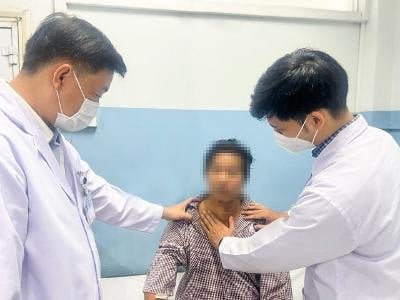 |
| Doctors are examining patients |
On July 7, Gia Dinh People's Hospital (HCMC) successfully treated a rare case of subclavian artery aneurysm that threatened to rupture using a "hybrid" surgical method (a combination of surgery and endovascular intervention).
This is a modern technique, minimally invasive surgery applied worldwide to reduce surgery time and bring the best surgical results for patients in specialized fields such as cardiovascular, neurology...
The patient is Mr. NVT (68 years old, living in Binh Tan), with a history of diabetes, high blood pressure and many years of smoking. While exercising, he fainted briefly, so his family took him to the doctor and discovered a large aneurysm in the right supraclavicular region through vascular ultrasound. Mr. T. was instructed by the initial medical facility to go to the Gia Dinh People's Hospital for examination and admission.
Here, through comprehensive examination and evaluation and computed tomography of the blood vessels, a large aneurysm of the subclavian artery measuring 37x40x44 mm was discovered. This aneurysm is located right on the top of the right lung, compressing and pushing the trachea to the left, the aneurysm wall is covered with many blood clots and the doctors prescribed a minimally invasive Hybrid surgery between the two specialties of Thoracic Vascular and Interventional Radiology.
Dr. Tieu Chi Duc, Deputy Head of the Department of Thoracic and Vascular Surgery, Gia Dinh People's Hospital, said that if left untreated, aneurysms can cause dangerous complications such as difficulty breathing, embolism due to blood clots, and rupture causing massive bleeding and death.
“Previous surgical treatments were difficult due to the need to perform large incisions, open the chest, open the sternum, and use anesthesia… In addition, patients also faced the risk of surgical site infections and cardiovascular complications due to old age and many underlying diseases. Therefore, we coordinated with the interventional radiology team to perform minimally invasive aneurysm treatment,” Dr. Tieu Chi Duc informed.
According to Dr. Tran Minh Hien, Interventional Radiology Unit, vascular imaging analysis and assessment, this is a case of large aneurysm with rare anatomical characteristics. Therefore, to safely access the aneurysm using endovascular intervention techniques, it is necessary to coordinate with the vascular surgery team to expose the access to the brachial artery to insert the catheter system in both directions, from the brachial artery and the femoral artery.
After the catheter system is brought to the aneurysm site, a metal stent with a membrane covering the aneurysm is placed precisely at the site of the vessel carrying the aneurysm and helps to restore blood flow to the patient's arm.
This is also known as the modern “hybrid” surgical method that is now preferred by major medical centers around the world to address the disadvantages of both surgical and endovascular intervention methods as before. Hybrid combines the advantages of surgery and endovascular intervention.
Surgery allows to clearly expose the lesion, access and treat blood vessels that are difficult to intervene. In addition, endovascular intervention with advanced techniques allows to treat lesions of large blood vessels and in difficult, distant locations quickly, effectively and safely.
Subclavian artery aneurysms are rare, accounting for less than 1% of all aneurysms. Aneurysms may be caused by atherosclerosis in older patients, hypertension, a long history of smoking, or thoracic outlet syndrome.
Large aneurysms can cause symptoms: pulsating mass, shoulder pain, atypical chest pain. Due to its dangerous location, when it grows too large, subclavian aneurysms can compress and cause difficulty swallowing, difficulty breathing, and nerve pain. Blood clots in the aneurysm can flow out and cause strokes and ischemia of the hands. The most dangerous is the rupture of the aneurysm causing coughing up blood, hemothorax, massive bleeding and death due to blood loss.
Changing lifestyle, quitting smoking, and regular health check-ups are necessary to detect cardiovascular diseases early. When diagnosed with subclavian aneurysm, patients need to immediately go to specialized medical facilities with modern equipment and experienced doctors for proper diagnosis and treatment.
Source


![[Photo] Closing of the 13th Conference of the 13th Party Central Committee](https://vphoto.vietnam.vn/thumb/1200x675/vietnam/resource/IMAGE/2025/10/08/1759893763535_ndo_br_a3-bnd-2504-jpg.webp)





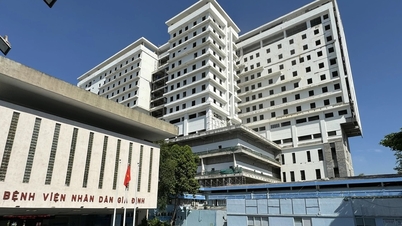

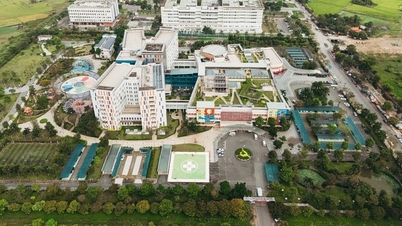







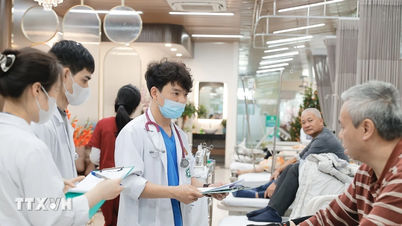






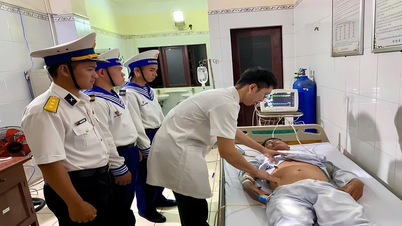
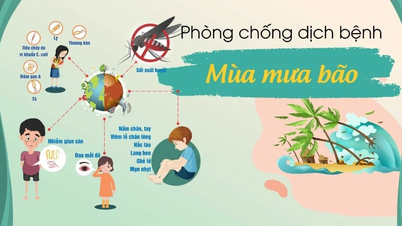









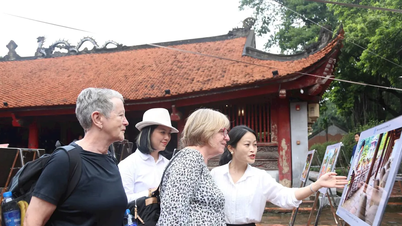


































































Comment (0)